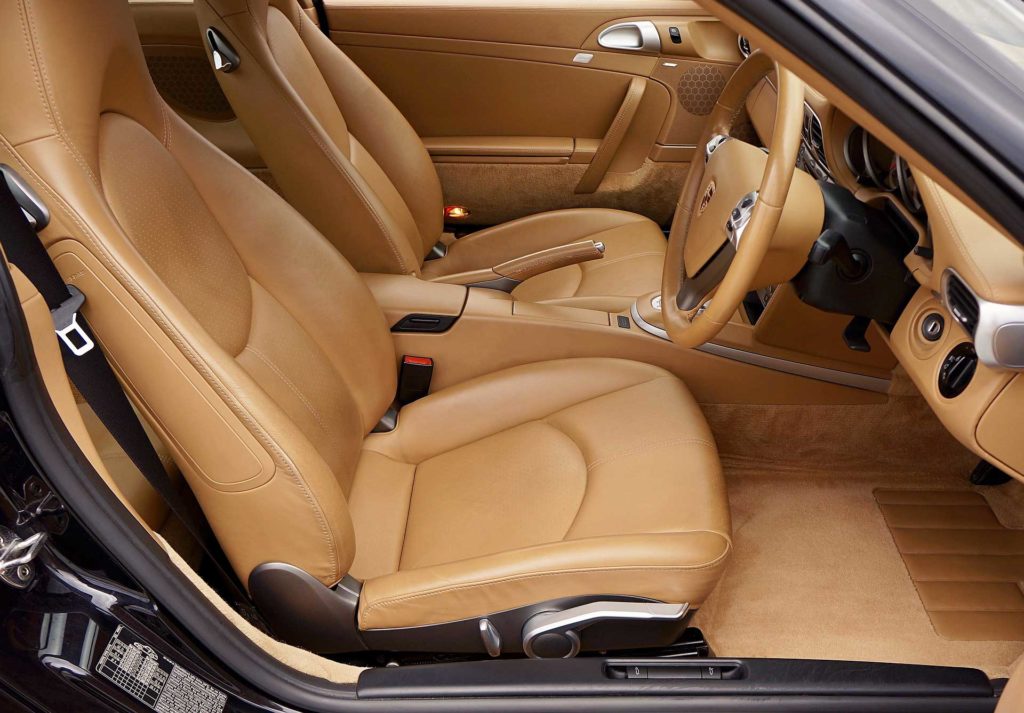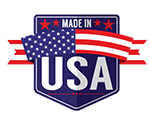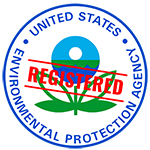
CARS
How clean is your car?
It’s often said by people that they “live in” their cars. This is scary considering steering wheels have nine times more germs than a public toilet seat.
Keep this in mind next time you make a pit stop at a fast-food drive-through – the steering wheel of your car harbors nine times more germs than a public toilet seat! Research has found that while 80 bacteria lurk on each square inch of a toilet, around 700 harmful bugs inhabit the car’s interior.
The study also revealed that 42 per cent of motorists regularly dine while driving.
Aside from children, car pool buddies and pets, drivers are taking unwanted passengers along for the ride: Germs. Studies conducted by universities and the automotive industry have exposed automobiles as some of the dirtiest environments encountered in our everyday lives. These studies – by Ford Motor Company, the University of Michigan, University of Arizona microbiologist Dr. Chuck Gerba, and the U.K.’s Aston University in –
Birmingham – all came to similar conclusions, identifying pathogens such as E. coli, salmonella, campylobacter and even MRSA in samples taken from steering wheels, gear shifts, cup holders, dashboards, change holders and seats. One study turned up mold all over a child safety seat – not surprising to those of us who live in Florida.
Even more alarming is the estimated 99,000 that die each year from these infections. This loss of life from preventable infections is both tragic, and astronomically expensive, adding up to 8 additional days in the ICU and 9 additional hospital days, estimated at an average cost of $36,000 per infection. Some institutions believe this cost to be even higher. In fact, the aggregate burden of U.S. hospital-acquired infections is estimated to exceed $28-33 billion annually. So why have HAI’s risen 36% in the last 20 years? This can be attributed to an increase in invasive procedures and microorganisms growing resistance to antibiotics. Many healthcare institutions use powerful disinfectants to kill these dangerous organisms but often times improperly by allowing them to dry before the required contact time, which could be as high as 10 minutes depending on the disinfectant. If a disinfectant does not remain wet on the surface for the required contact time, it will not reach its stated Log reduction of bio burden on the surface. Imagine trying to keep an entire bed frame both top and bottom wet with a disinfectant for several minutes; it’s virtually impossible. Now imagine trying to terminally clean and disinfect an entire hospital room or surgical suite like this!





